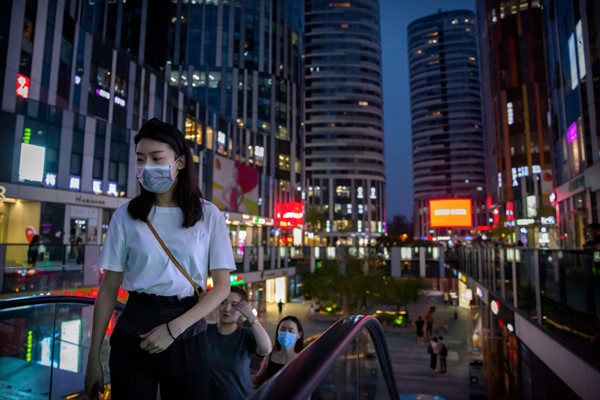The last time the global economy cratered, in the fall of 2008 in the wake of an American banking crisis, it was China that set the pace—both in insulating itself from most of the damage, and in generating enough new demand in its own economy to prevent a far worse downturn than the already terrible recession suffered in much of the rest of the world.
Even now, years later, the scale of China’s response back then is poorly understood. As the economic historian Adam Tooze recounted in his 2019 book, “Crashed: How a Decade of Financial Crises Changed the World,” the Chinese state directed roughly $1.2 trillion in stimulus between 2010 and 2012 at just one modest-sized province—Hubei, with a population of 57 million people, modest by China’s standards. “Taken at face value,” Tooze writes, “this meant that a single Chinese province with a population the size of the UK and a GDP the size of Greece was engaging in a program of investment larger than any stimulus ever attempted in the United States.”
Famously, China’s emergency investment program poured extraordinary sums into a national infrastructure plan, extending its world-leading high-speed rail network and adding to the massive quantity of new roads and airports it has built in the past generation. But that is far from all. Much less well known outside of China is the way it took advantage of this crisis to invest in its own people—meaning in public welfare, especially targeting lower income groups and the outright poor. According to Tooze, China also built 2,000 new county-level hospitals and 5,000 township clinics, while also extending national health insurance coverage from 30 percent to 90 percent of the rural population, building an impressive stock of new low-cost housing, and putting spending money in the pockets of ordinary people.

